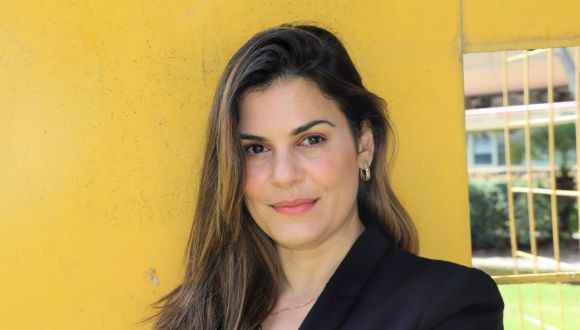From Medieval Texts to Today’s Gender Norms
The “hyper-categorization” of women in the Jewish legal tradition can help us understand women’s status and inequality today, according to Dr. Avital Davidovich-Eshed of TAU’s Rosenberg School of Jewish Studies and Archaeology.
As a historian studying medieval Jewish texts, Davidovich-Eshed analyzes the multitude of female categories constructed by halacha, the body of Jewish law, and the various ways these categories influence gender norms through myth, ritual and oral literary traditions. The categories range from “perfect” virgins to witches—the ultimate outsiders—and determine how women participated (or didn’t) in legal interactions, social encounters and religious rituals.
“The hyper-categorization of women we find in halacha points to fear and anxiety surrounding female sexuality and, as a result, the cultural urge to police and control women,” she says.
Davidovich-Eshed explains, for example, that the Talmud discusses at length the differences between marriages to virgins and widows, including designating days of the week for each. We see the ramifications of these patriarchal laws and ideas today: virginity and sexual experience are still inextricably tied to women’s identity. Many cultures insist that women be virgins when they marry, while women who express their sexuality are sometimes branded as immoral and punished with social sanctions, she adds.
Davidovich-Eshed’s work on this topic is the subject of her forthcoming book On Virginity: Gender, Body and Identity in Medieval Jewish Culture.






